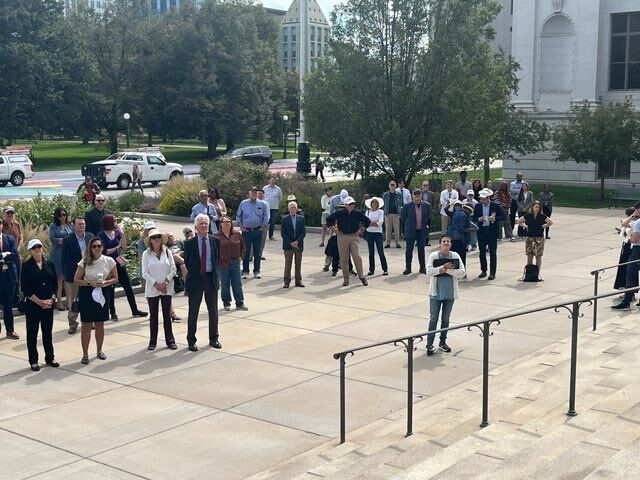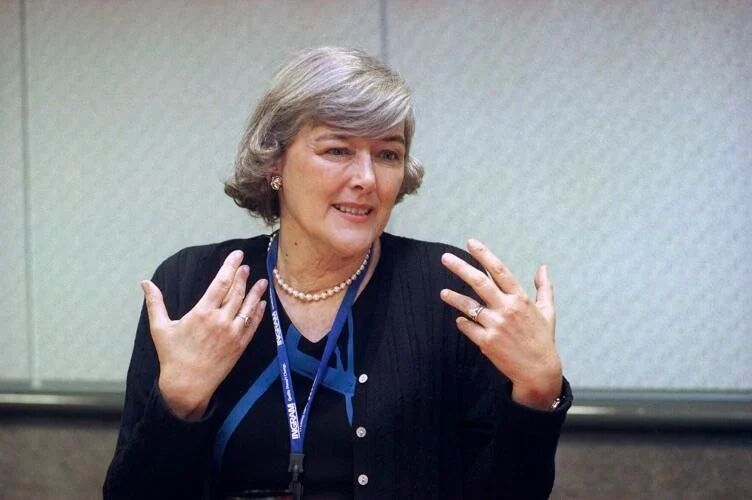University of Colorado lab helps UAE Mars mission
Two of the three missions from Earth arriving at Mars this week and next have Colorado connections.
While the higher profile two is NASA’s Mars 2020 Perseverance Rover (hopefully) landing on Mars Thursday, The United Arab Emirates have a satellite Hope that entered the red planet’s orbit Tuesday, with the help of the Laboratory for Atmospheric and Space Physics (LASP) at the University of Colorado Boulder.
The third mission came from China, an orbiter-rover combo, which arrived in orbit the day after Hope.
The Hope satellite will spend a Mars year (about two Earth years) in orbit collecting data “to provide a complete picture of the lower and upper Martian atmosphere,” according to a release from LASP. “Unique to Hope is its orbit, which enables near-complete daily and geographic coverage, providing a weather satellite-style view of the Martian atmosphere.”
Chinese orbiter-rover enters Mars orbit, becoming 2nd spacecraft to arrive at red planet in 2 days
“It can hover above a single geographic region like the big volcano, Olympus Mons, and study the atmosphere there at many times of day. Every nice days of the mission, the probe will have completely captured a picture of the Martian atmosphere,” Prof. David Brian, EMM Deputy Science Lead, a LASP research scientist and an associate professor of astrophysical and planetary sciences at CU said in a statement.
It’s the UAE’s first trip to Mars.
“We are quite excited as engineers and scientists, at the same time quite stressed and happy, worried, scared,” said Omran Sharaf, project manager for the UAE team.
China is also a newcomer to the red planet, where more than half of Earth’s emissaries have failed. China’s first Mars mission, a joint effort with Russia in 2011, never made it past Earth’s orbit.
All three spacecraft rocketed away within days of one another last July, during an Earth-to-Mars launch window that occurs only every two years. That’s why their arrivals are also close together.
Called Amal, or Hope in Arabic, the Gulf nation’s spacecraft is seeking an especially high orbit – 13,500 by 27,000 miles high (22,000 kilometers by 44,000 kilometers) – all the better to monitor the Martian weather.
“I’m so pleased that Hope successfully arrived at Mars,” Brain said via email. “Next we’ll turn to waking up our science instruments and practice using them from Mars orbit before we start our science observations in earnest. I’m looking forward to the contributions that Hope will make toward understanding the Martian atmosphere as a global system.”
China’s duo – called Tianwen-1, or “Quest for Heavenly Truth” – will remain paired in orbit until May, when the rover separates to descend to the dusty, ruddy surface. If all goes well, it will be only the second country to land successfully on the red planet.
The Associated Press contributed to this report.











